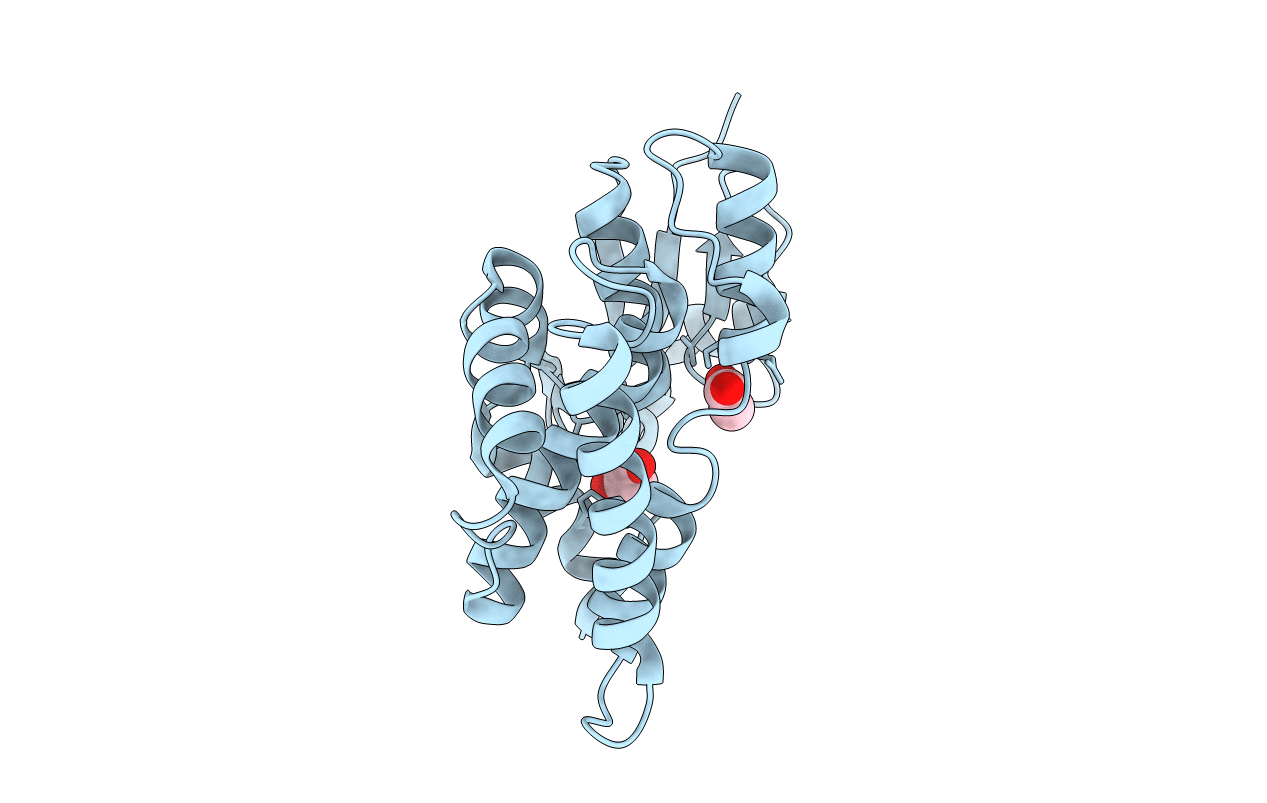
Deposition Date
2015-11-20
Release Date
2016-05-04
Last Version Date
2024-03-20
Entry Detail
PDB ID:
5EVO
Keywords:
Title:
Structure of Dehydroascrobate Reductase from Pennisetum Americanum in complex with two non-native ligands, Acetate in the G-site and Glycerol in the H-site
Biological Source:
Source Organism:
Cenchrus americanus (Taxon ID: 4543)
Host Organism:
Method Details:
Experimental Method:
Resolution:
2.51 Å
R-Value Free:
0.24
R-Value Work:
0.19
R-Value Observed:
0.19
Space Group:
P 43 2 2


